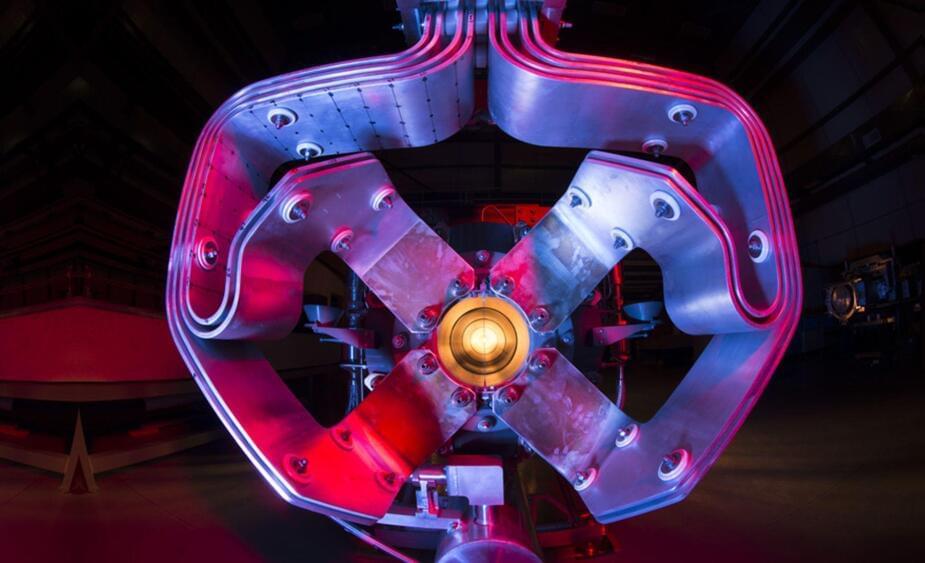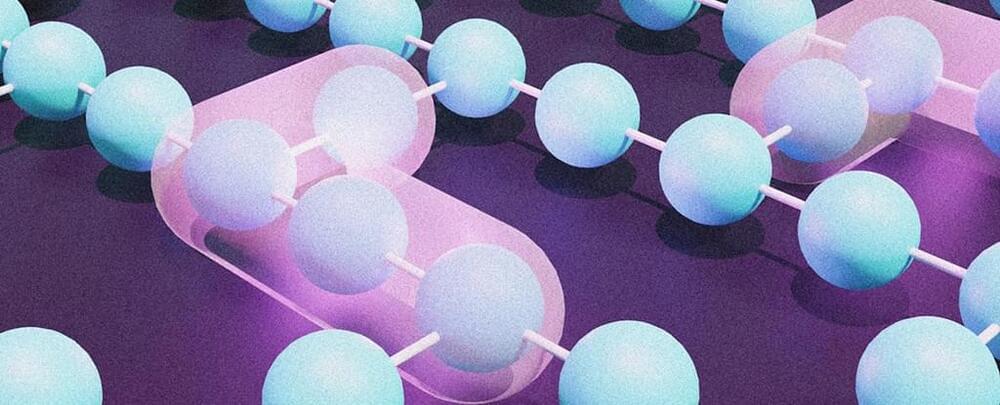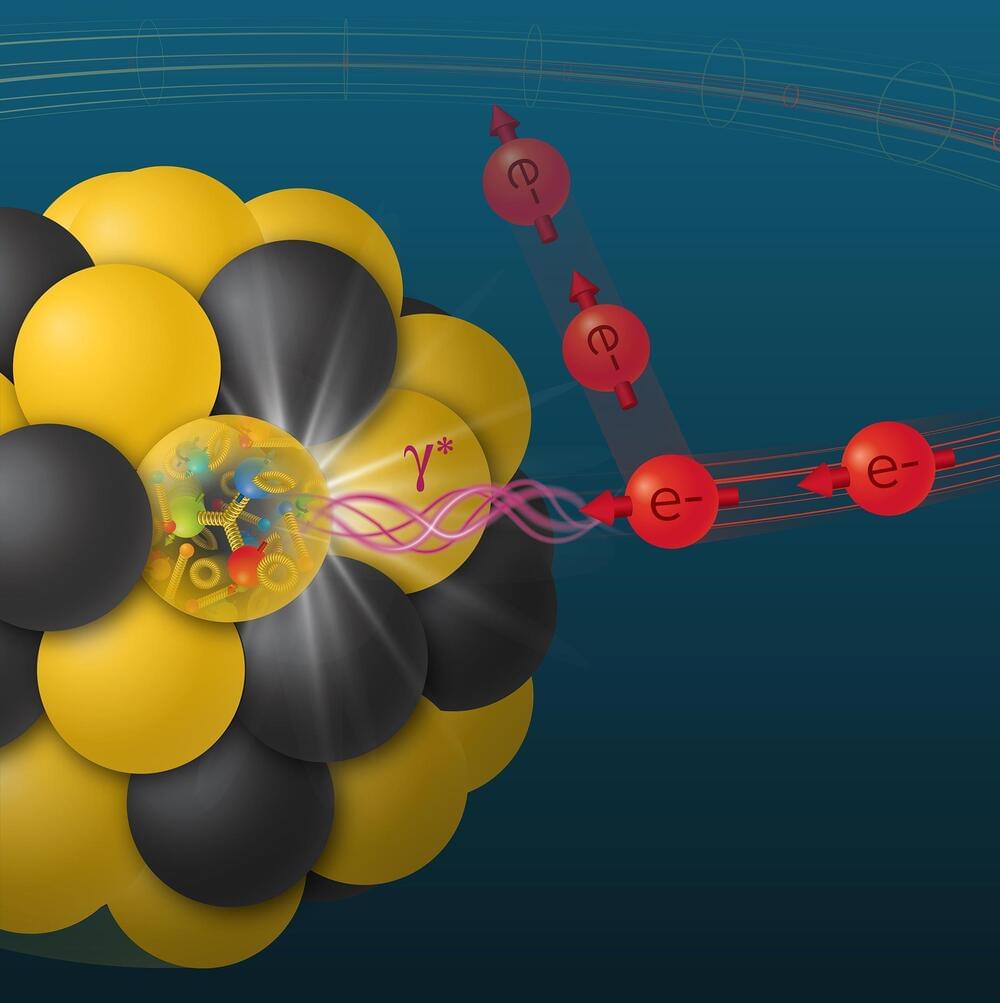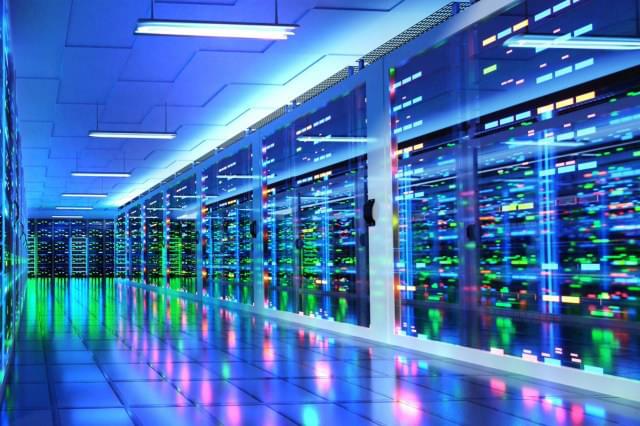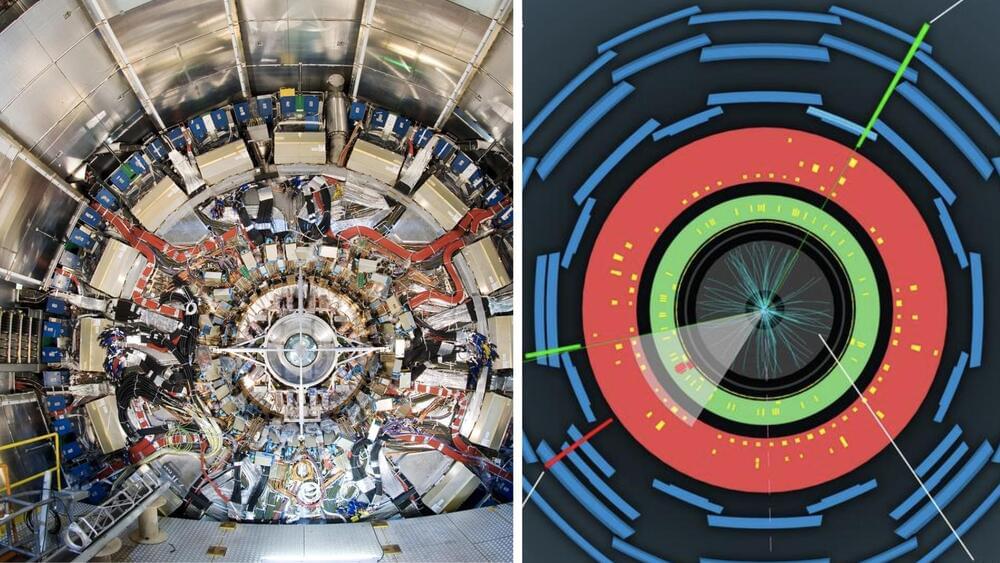Fermilab is tackling the extreme conditions generated in neutrino experiments to ensure the success of future research.
“Researchers need to overcome three challenges to make a lasting target: radiation damage, high temperatures and stress from thermal expansion,” remarked the press release.
Nanofibers, incredibly thin threads with exceptional strength and flexibility, are being investigated for their ability to better absorb the shock of the proton beam.
“A nanofiber developed by Fermilab engineer Sujit Bidhar is being researched as a potential target material due to its ability to mitigate thermal shock and be more resistant to radiation damage,” highlighted the press release.
